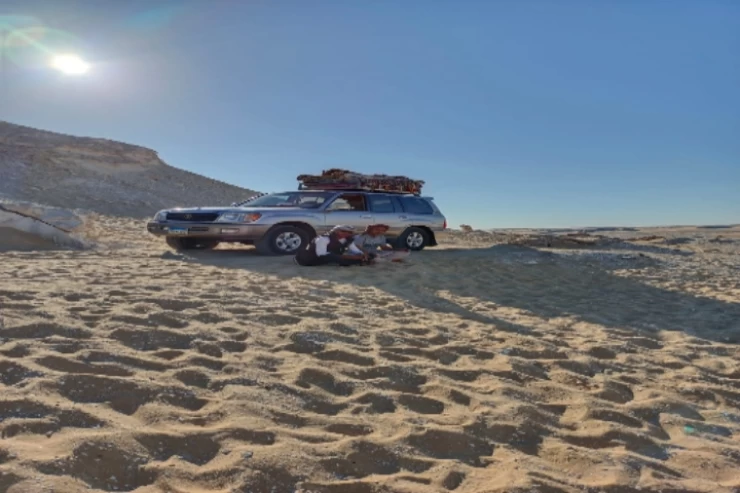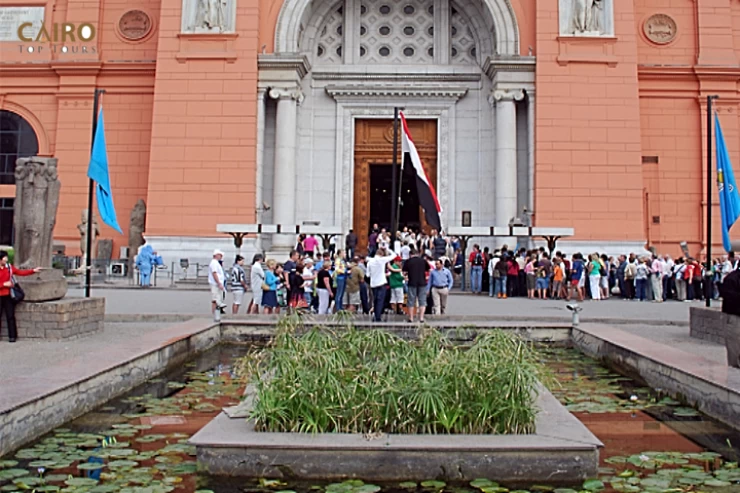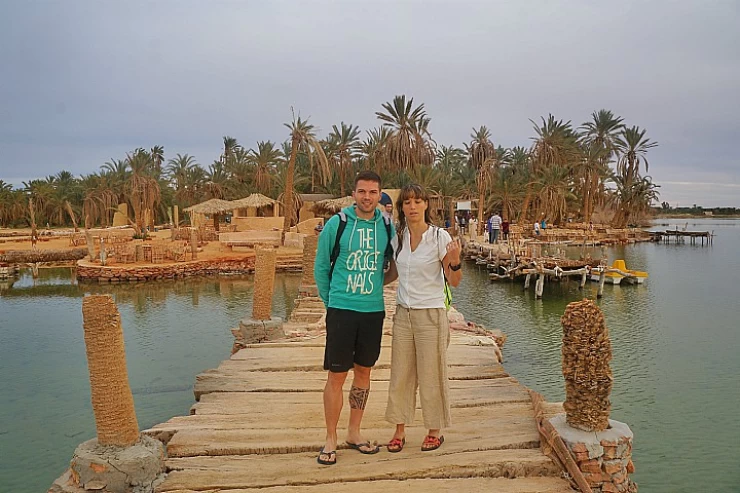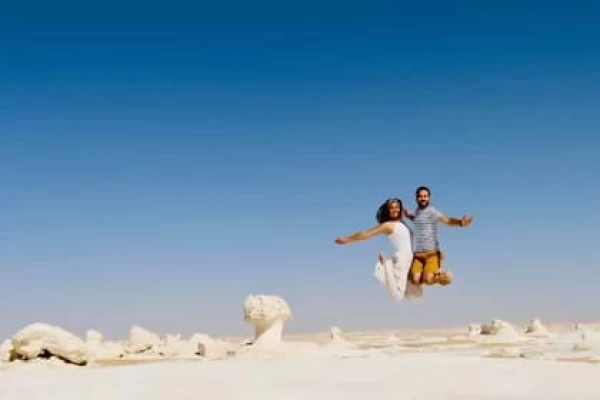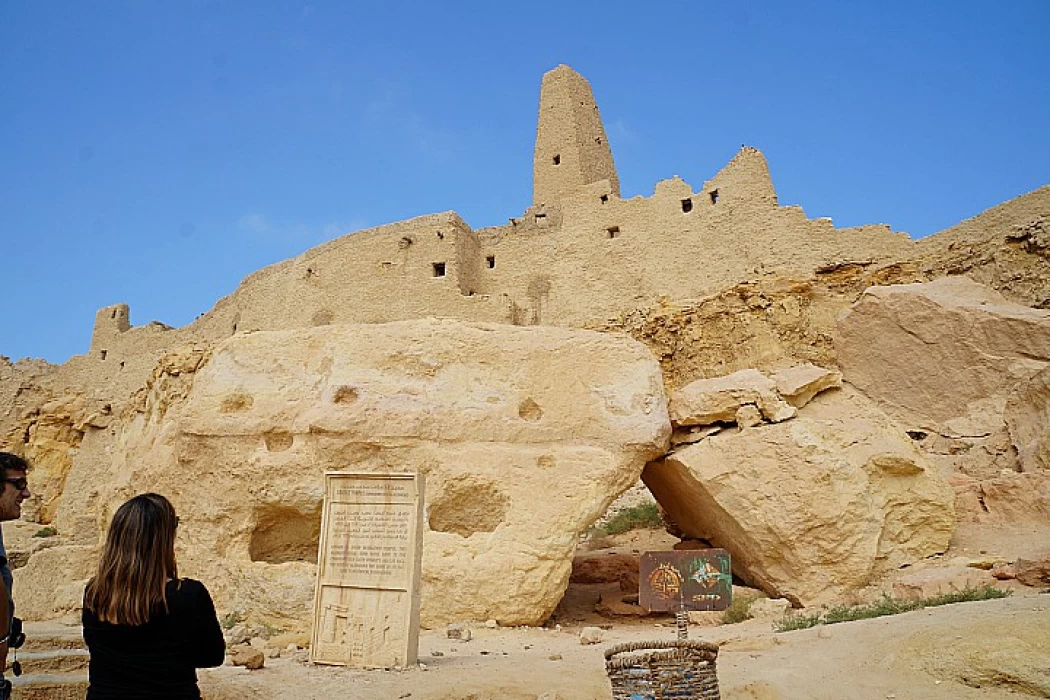
Siwa Oasis | Western Desert Oasis of Siwa
Western Desert Oasis of Siwa
Siwa Oasis, which ranks among the most stunning oases in the world as well as in Egypt, owes its reputation to the diversity and uniqueness of its natural features and the heritage or environmental characteristics that are deeply rooted in Pharaonic, Amazigh, Roman and Islamic history.
Located 320 km southwest of Marsa Matrouh at 18 meters under sea level covering area of approximately 94,000 km square with a population of around 36,000 people; Siwa Oasis is divided into 5 administrative units and has a number of small inhabited and uninhabited oases.
The oasis is characterized by various tourist elements due to its scenic beauty provided by wells and natural springs used for agriculture and irrigation purposes while it is also well-known for growing date palms, olives and other major crops. Moreover, some archaeological sites like Amun Temple, the Mountain of Dead bodies , ancient Shali city as well as Jebel Dakrour exist within the oasis boundaries while it popularizes Safari Tourism.
In the oasis, 220 natural spring are used for crop irrigation whereas there is a single spring that is distinguished by having sulfur in its water thus making it a place for hospitalization and also has some natural salt lakes plus the role of iodine in boosting the respiratory system’s immunity, alongside the natural salt lakes.
Siwa Oasis is currently undergoing many service and development projects such as constructing one sewage system for the city of Siwa, an 18,000 m3/day dual treatment plant and establishment of drinkable water filter to eliminate iron as well as manganese at a rate of 5,000 m3/day.
Siwa Oasis is an oasis situated 10 m under sea level in a depression between Qattara Depression and the Great Sand Sea and only about 60 km from the borders of Libya, 350 km from Marsa Matrouh on the north coast of Egypt, and about 600 km from the capital of Egypt, Cairo.
Siwa is one of the most unique oases in Egypt; it contains Bedouin villages and two salt lakes, Siwan Lake and El-Zeitoun Lake, and is famous for the existence of the Temple of Alexander the Great, which is also known as the Temple of the Oracle.
The area of Siwa Oasis is 80 km in length and 20 km wide, and the population is around 7000 inhabitants, all of whom are a mix of Libyan and Tunisian tribes that have their own language, the Amazigh language.
Siwa Oasis contains hot water springs like Cleopatra Spring, Bir Wahid, and other springs that come out from the bottom of Dakrour Mountain and other mountains. Siwa Oasis is considered one of the most interesting oases in Egypt due to its culture and history.
The income in Siwa mainly comes from the agriculture of dates and olives, and thanks to the underground natural water, they have big factories for bottled and mineral water. They depend also on the tourism industry after being famous for temples and sites that date back to the ancient Egyptian epoch.







